Big cats, such as lions, tigers, leopards, and cheetahs, play a crucial role in maintaining the health and balance of ecosystems. They are apex predators, meaning they sit at the top of the food chain, influencing the populations of other animals and the structure of their environment. A healthy population of big cats indicates a well-functioning ecosystem, which is why preserving these majestic creatures is essential.
Understanding the Predator-Prey Relationship
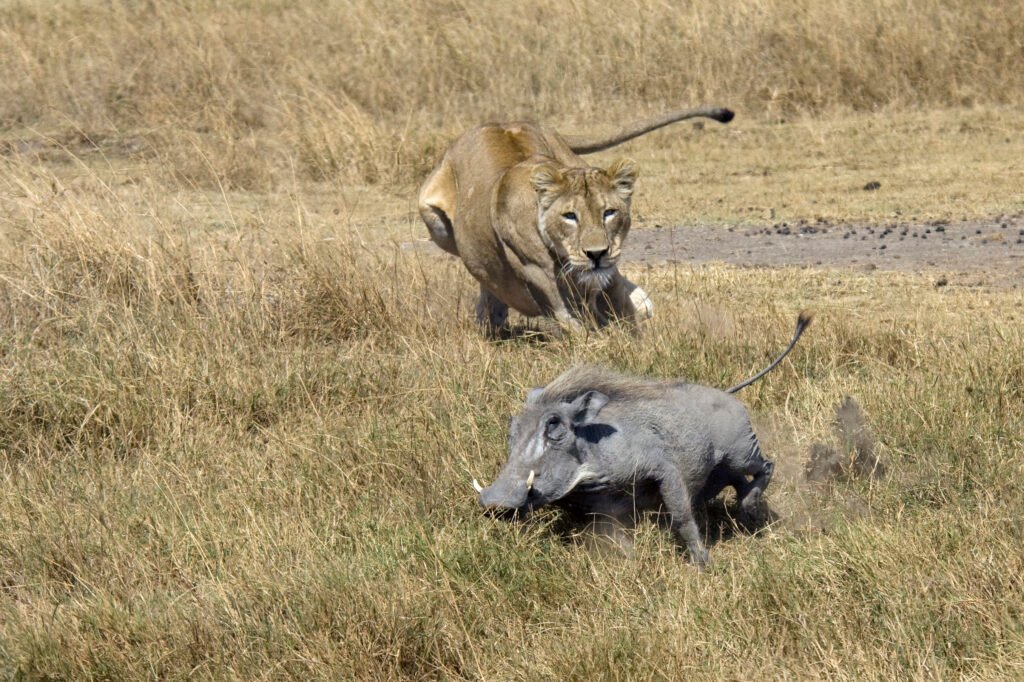
The relationship between predators and their prey is a fundamental component of ecological dynamics. Predators like big cats help to keep prey populations in check, preventing overgrazing and promoting biodiversity. In turn, the availability of prey animals is essential for the survival and well-being of big cat populations.
The Role of Prey Animals in Big Cat Survival
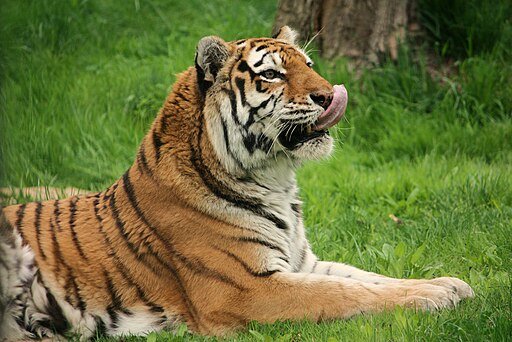
Prey animals provide the necessary energy and nutrients that big cats need to survive, grow, and reproduce. A stable prey population ensures that big cats do not have to travel long distances to find food, reducing their risk of encountering human threats such as poaching or habitat encroachment.
Impacts of Prey Depletion on Big Cats

Depletion of prey species directly affects big cats by increasing their energy expenditure in search of food, leading to malnutrition and decreased reproductive success. In extreme cases, lack of prey can result in starvation and even local extinction of big cat populations.
Factors Contributing to Prey Depletion

Several factors contribute to the depletion of prey animals, including habitat loss, human-wildlife conflict, poaching, and climate change. These factors not only reduce prey numbers but also fragment habitats, making it harder for both prey and predator species to survive.
Conservation Strategies for Prey Species
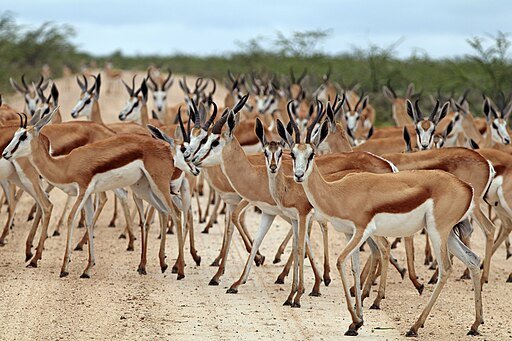
Effective conservation strategies for prey species include habitat protection and restoration, anti-poaching measures, community engagement, and research on species dynamics. By ensuring the survival of prey species, these strategies also promote the survival of big cat populations.
Community Involvement in Conservation Efforts
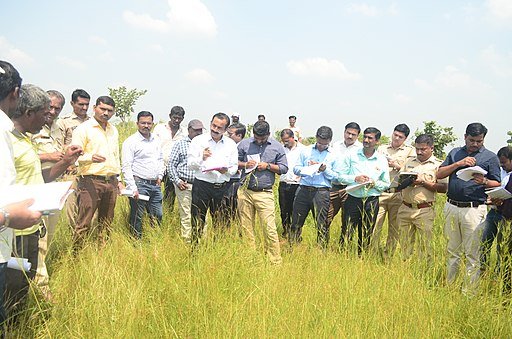
Engaging local communities in conservation efforts is vital. Educating communities about the importance of prey animals and involving them in habitat restoration projects can help establish sustainable practices that benefit both wildlife and people. Creating economic incentives for conservation can also encourage communities to protect prey species.
The Role of International Policy in Conservation
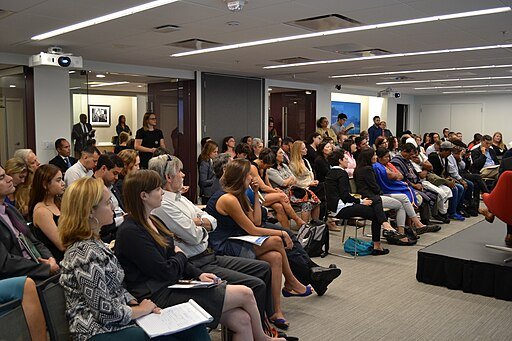
International policies and treaties such as the Convention on International Trade in Endangered Species (CITES) play a crucial role in the protection of prey animals and their habitats. By regulating trade and encouraging sustainable practices, these policies help ensure the continued existence of prey populations essential for big cat survival.
Monitoring and Research: Tools for Effective Conservation

Monitoring of prey populations and ongoing research into ecological dynamics are critical components of effective conservation efforts. By understanding the relationships between big cats and their prey, conservationists can develop more targeted strategies for protecting these species and their habitats.
The Future of Big Cats and Their Prey
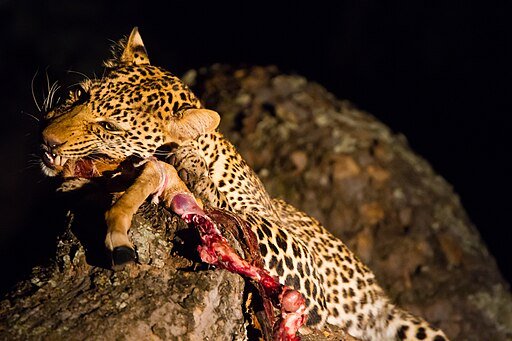
The future of big cats is intricately linked to the survival of their prey. By addressing the threats facing prey species and implementing effective conservation strategies, we can ensure the survival of both prey and predator. Protecting these animals is not just about preserving wildlife; it is about maintaining the health and balance of our planet’s ecosystems for future generations.





